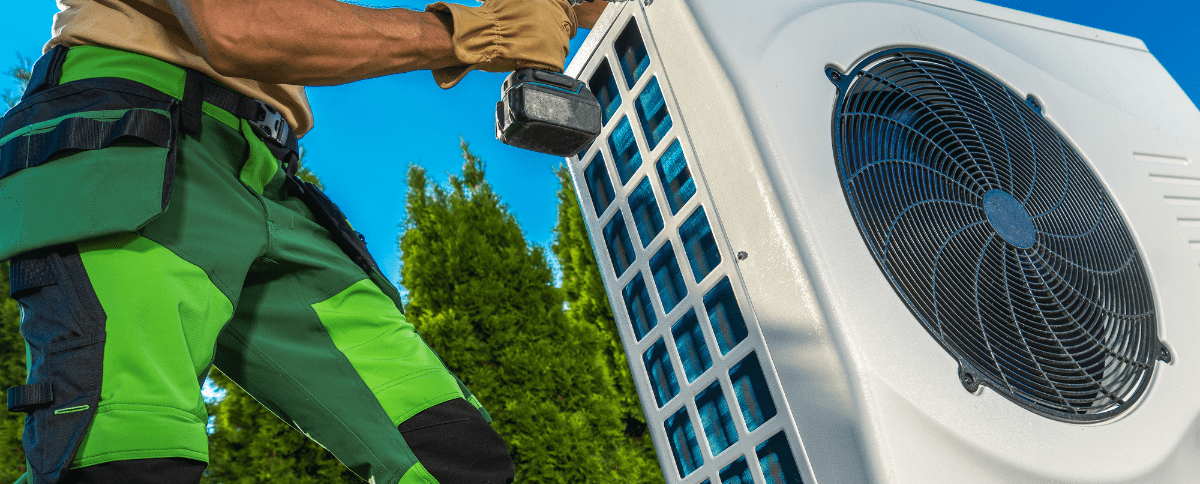HVAC BASICS
Step into a pleasantly cooled room on a scorching day and contemplate the intricate workings behind your home’s cooling system. Your household’s comfort is intricately tied to its HVAC (Heating, Ventilation, and Air Conditioning) system—a complex mechanism involving ventilation, a thermostat, and assorted devices for regulating air temperature. Understanding the fundamentals can aid in determining whether to repair or replace your unit.
Ventilation stands as a crucial element, encompassing return and supply vents, ductwork, filters, and a circulating fan. This forced air system draws indoor air through return vents, passes it via ducts over temperature-modifying devices, and redistributes it back into your home through supply vents. Delving into the specifics of heating and cooling requires a brief foray into basic physics.
Physics interplays with your residential space in two essential ways vital for HVAC systems to function optimally:
The first principle relates to a liquid’s boiling point, contingent upon the pressure it encounters. Atmospheric pressure alterations, as in higher altitudes, alter water’s boiling point, necessitating distinct cooking instructions for certain foods.
The second principle highlights how substances absorb heat from their surroundings during vaporization (liquid to gas transition). This absorption of heat energizes the change in state—think of boiling water.
Translating these principles to residential HVAC systems:
AIR CONDITIONING
Most residential HVAC systems employ a “split system,” dividing work between an outdoor unit (compressor and condenser) and an indoor unit (evaporator coil). Copper tubing connects both units, facilitating the flow of a refrigerant designed to transition between liquid and gaseous states at moderate temperatures—crucial for system functionality.
The refrigerant, initially a cool, low-pressure gas, undergoes compression in the compressor, transforming into a hot, high-pressure gas. It then moves through the condenser, where it condenses into a cooler, high-pressure liquid, releasing excess heat outside. This pressurization raises the refrigerant’s boiling point, maintaining its liquid state.
The refrigerant enters the indoor evaporator coil, often linked to the furnace, initiating the cooling process. Here, it expands, reducing pressure and boiling point, vaporizing into a gas, which absorbs heat from surrounding air. The now-cooler air is propelled through ducts into your home’s rooms by a fan.
The cycle repeats until the thermostat signals the desired indoor temperature.
HEATING
Residential heating systems vary more than their cooling counterparts but operate on a similar principle—drawing in air through ducts, heating it, and redistributing it indoors. The diversity lies in heating methods.
Heat pumps operate akin to reversible air conditioning systems. They can heat and cool by flipping the function of hot and cold coils. During heating mode, the heat pump draws in outdoor air, transferring heat indoors. Other systems, like furnaces, use fuel (oil or natural gas) to generate heat.
HEAT PUMP VS. FURNACE & CENTRAL A/C
Choosing between a heat pump and a combination furnace/central air system can perplex homeowners.
Heat pumps, efficient in both heating and cooling, require maintenance for a single unit. However, combination systems often boast longer lifespans due to seasonal component use. Fuel costs historically favor furnaces, but this can fluctuate.
Experts recommend heat pumps for milder climates and furnace/central air for harsh winters. Hybrid systems combining furnace and heat pump are gaining popularity, alternating based on outdoor temperatures for optimal efficiency.
Understanding HVAC systems enables better issue identification and informed discussions with contractors. However, these systems are complex and contain hazardous elements. Seek professional help rather than attempting repairs without adequate training.
